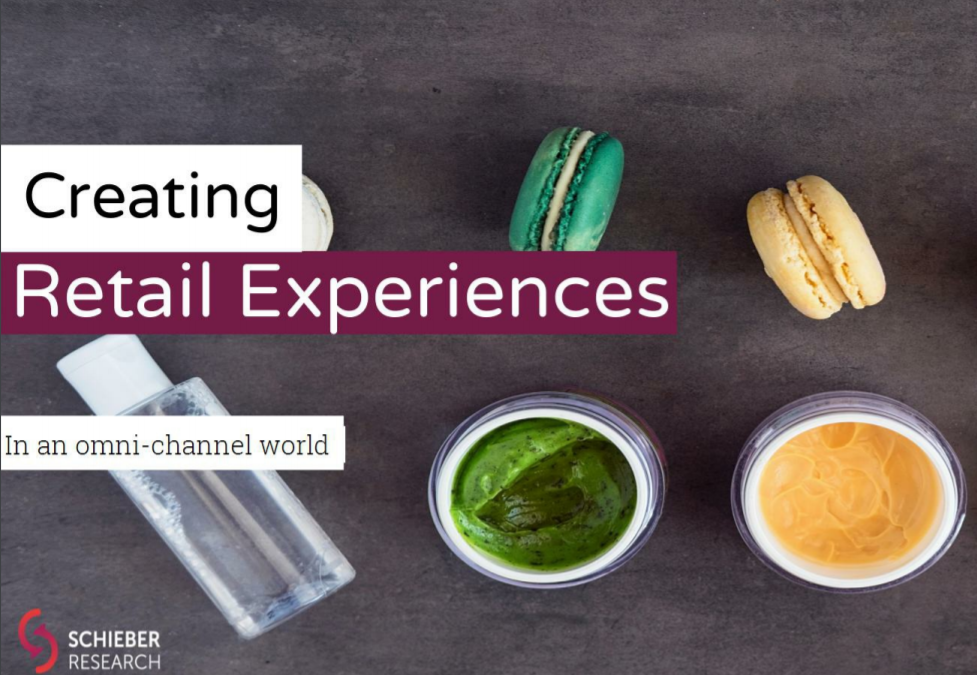Many of our clients are consumer goods marketers and retailers, who ask us: Does brick & mortar have a future in a digital world? Our answer is, yes. However, brick & mortar will surely transition, simply because it no longer serves as the only way to buy and receive goods.
Think of brick & mortar as a component of omni-channel shopping. As such, you don’t necessarily need so many stores anymore. You do, however, need stores – and you need to use them wisely.
We’ve curated a few “best in class” examples for retailers who get it, and we lay out the principles for utilizing retail effectively. We’d love to hear your thoughts and questions.
Brick and Mortar “Money Time” is now: 27% of US shoppers think the online experience is better than brick and mortar (B&M) experience; 88% believe that in the future, the online shopping experience will be superior. However, Physical stores are a crucial omni-channel component. 54% of all US shoppers still prefer B&M; 77% of Gen Z shoppers worldwide prefer physical stores; and 62% of shoppers want to feel, touch and see the merchandise. Also, studies show that in-store experiences increase loyalty and engagement (see presentation for source list).
Brick and mortar stores are an important element of the omni-channel experience, and they support e-commerce through “showrooming” and click & collect. But they are also a powerful tool for marketing, loyalty, engagement and innovation. Stores offer “hubs” that create brand communities. Retailers use the stores as innovation labs – experimenting and collecting data on usage and trends. And they increase loyalty and repeat visits by providing compelling experiences through innovation and entertainment.
Events and activities
In-store events are an old and popular tactic, that were aimed at driving sampling and trial, pushing sales. Today, events are at the heart of the store, and they serve to build brand communities and loyalty.
5 tactics for Events and activities
1. Stores as hubs
2. Shoppers as ambassadors
3. Communities matter
4. Useful tools for consumers
5. VIP and money-saving
Digital innovation
Don’t implement digital for the sake of “being tech” (this does not work). Leverage digital for the sake of consumers (this works).
5 tactics for Digital innovation
1. Functional: convenience, service
2. Experience: VR, cutting edge
3. Socializing: social media
4. Consulting: smart mirrors
5. Personalization: in-store product customization
Sampling and demonstrations
Trying something before buying it is one of the main advantages physical retail has over digital retail. Retailers, who at one time tried to avoid “showrooming” (having customers try products in store, then go online to buy them) are now embracing the trend, turning showrooms into a sampling and trial experience.
Many stores offer mobile devices that serve to complete the purchase, and have the product delivered to the shopper’s home. A purchase incentive and/or a “best price guarantee” will help make sure that once sampled, the product will be purchased online from the same retailer.
Today, anything can be sampled – and if it cannot be physically tested (e.g., cars or trips), an in-store VR demonstration helps to convey the experience.
5 tactics for Sampling and demonstrations
1. Anything can be tested
2. Influencers and pros
3. Social events
4. Consulting and styling
5. Service, not product
Curating collections
The abundance of items in a given store may turn the shopping experience into a stressful one, causing shoppers to leave the store empty-handed.
Identifying a specific need and hand picking the items that cater to those needs, will not only create a less stressful experience, but will also help create more relevancy, increasing the likelihood of these items to be noticed and purchased.
Examples include capsule collections (e.g, women’s workwear), lifestyle collections (e.g., tennis products, a Paleo-diet store), and pop-up/ limited edition stores.
5 tactics for Curating collections
1. Understand needs
2. Understand niches
3. Less is more
4. Capsule collection
5. Limited edition
Personalization and concierge
A TimeTrade 2016 survey found that, when shopping in-store, consumers most highly value “prompt service” (54%), “personalized experience” (30%) and “smart recommendations” (30%).
Beyond personalization, note that what was once considered as a premium service, reserved only for the wealthiest of consumers, is now becoming mainstream. Examples include meal delivery, or personal trainers.
Therefore, retailers will be wise to offer a super-premium service, which will make shoppers in mainstream stores feel special and pampered.
5 tactics for Personalization and concierge
1. Customization
2. Premium service
3. Personal assistants
4. Consultation and styling
5. Help beyond the brand
For more information, or in-person lectures, please contact us.

